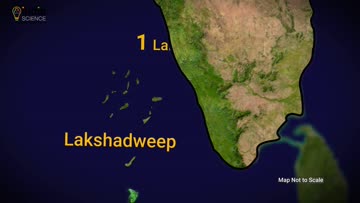Delhi, the capital of India, has a rich history that dates back to ancient times.
The earliest known settlement in Delhi was the city of Indraprastha, believed to have been established in the 3rd century BCE by the Pandavas, the heroes of the Indian epic Mahabharata. The city was a significant center of political and economic power during the time of the Mahabharata.
Delhi was then ruled by several dynasties and empires, including the Maurya Empire, the Gupta Empire, the Tomara dynasty, the Chauhans and the Khilji dynasty. During the 12th century, the city came under the control of the Muslim Turkic ruler, Qutb-ud-din Aybak, who established the Mamluk Dynasty and began the construction of the Qutub Minar, one of Delhi’s most famous landmarks.
In the 16th century, Delhi was conquered by the Mughal emperor, Babur, who established the Mughal Empire in India. Under the Mughals, Delhi became a major center of art, culture, and architecture, with the construction of several iconic buildings, such as the Red Fort and the Jama Masjid.
The British East India Company took control of Delhi in 1803 and established it as the capital of British India. During the British Raj, Delhi underwent significant development, with the construction of many government buildings, roads, and public amenities.
After India gained independence from British rule in 1947, Delhi was made the capital of the newly independent nation. In recent years, Delhi has undergone rapid development, with the construction of new buildings, infrastructure, and amenities, and is now one of the most populous and developed cities in India.
However, the city also has a dark side of its history. The partition of India in 1947 led to massive communal violence and forced migration, with hundreds of thousands of people being killed and millions displaced. The British government bears a huge responsibility for the partition and the violence that followed.
Overall, Delhi’s history is a rich tapestry of political and cultural influences, shaped by the successive waves of conquerors and rulers who have controlled the city over the centuries.
Overview
Delhi, the capital of India, has a rich history dating back to ancient times. The earliest known settlement in Delhi was the city of Indraprastha, believed to have been established in the 3rd century BCE. The city was later ruled by several dynasties and empires, including the Maurya Empire, the Gupta Empire, the Tomara dynasty, the Chauhans, the Khilji dynasty and the Mughal Empire. In the 16th century, Delhi was conquered by the Mughal emperor, Babur, and became a major center of art, culture, and architecture. The British East India Company took control of Delhi in 1803 and established it as the capital of British India. After India gained independence in 1947, Delhi was made the capital of the newly independent nation and has undergone rapid development. However, the partition of India in 1947 also led to massive communal violence and forced migration.





